Streamline order template management process and browse As a star Order Forms web collection. Find case-specific forms, modify them, and securely share them with other team members.


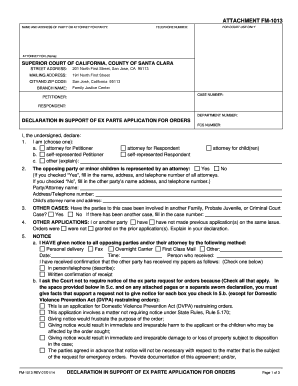
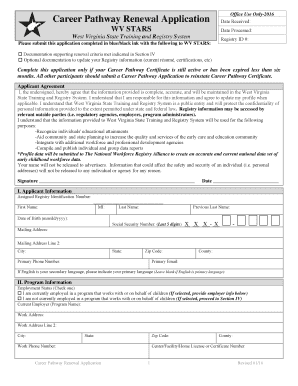



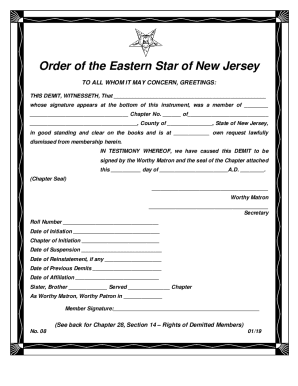

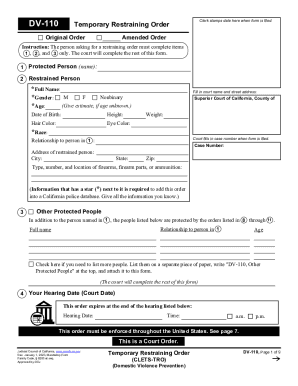
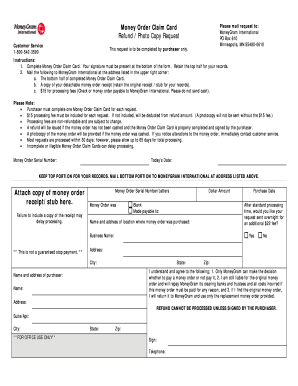
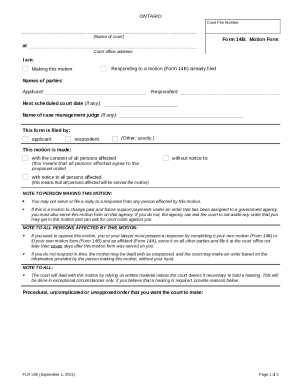

Document administration can overwhelm you when you can’t discover all of the forms you need. Luckily, with DocHub's extensive form categories, you can get all you need and swiftly manage it without switching between apps. Get our As a star Order Forms and start working with them.
How to use our As a star Order Forms using these simple steps:
Try out DocHub and browse our As a star Order Forms category easily. Get your free profile right now!